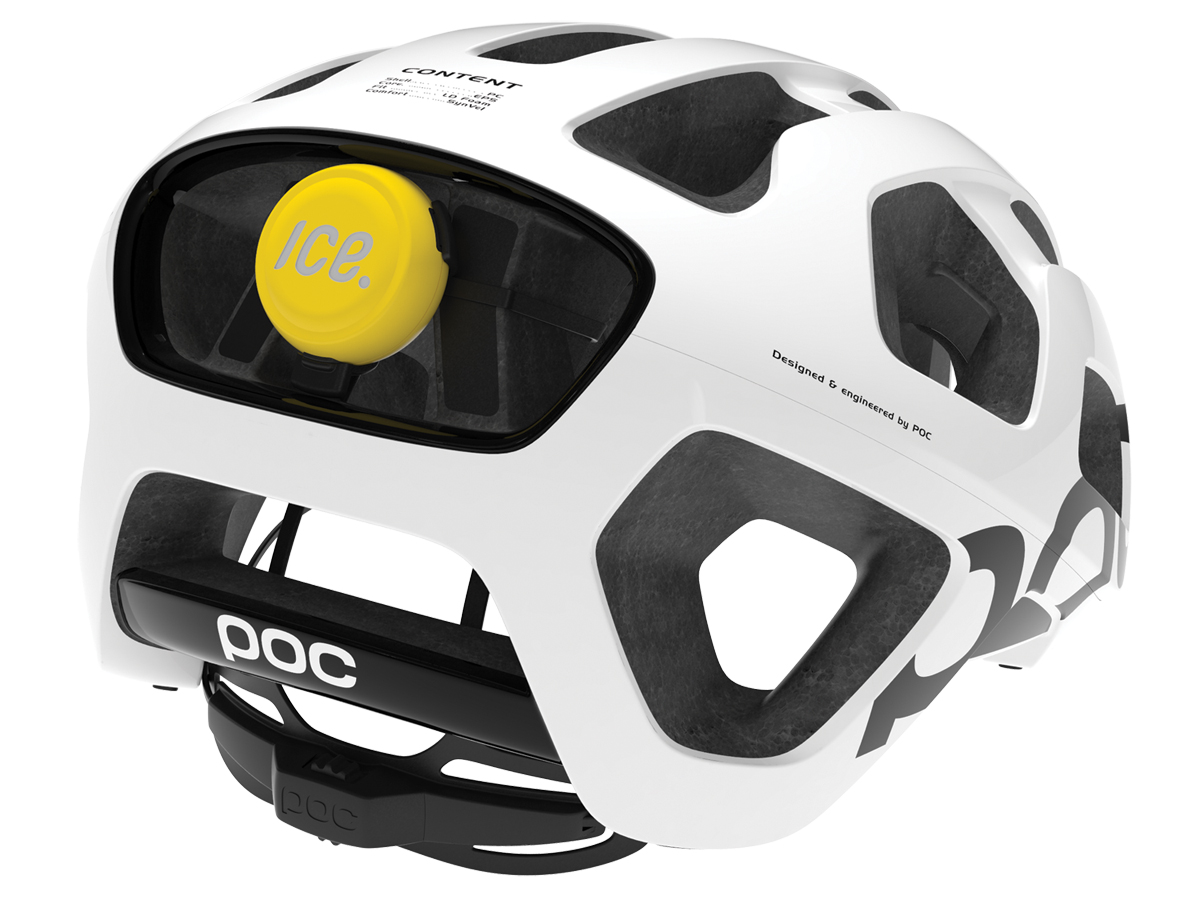The Local newsletter is your free, daily guide to life in Colorado. For locals, by locals.
When former bike racer Biju Thomas’ helmet struck concrete in a bike wreck near Chatfield Reservoir in 2010, so did inspiration. The fall wasn’t serious, but as Thomas cruised back to his Highland home, he pondered the what-ifs. By the time Thomas pedaled into his driveway, an idea for worst-case scenarios was born: the ICEDot, a one-inch-diameter, 5.5-ounce circular device that mounts on the back of any helmet (cycling, skiing, skateboarding) and notifies loved ones of the wearer’s whereabouts in the event of a collision hard enough to set it off. The ICEDot sports a hard plastic shell; inside, a silicone-encased gyroscope acts like the brain, working with three algorithms to gauge the severity of a fall. If your head hits the pavement or ski slope with enough force to cause a concussion, the system is triggered. The Bluetooth-enabled ICEDot ($149) pings a smartphone application to send your GPS coordinates to predetermined emergency contacts. (The catch: It only works if you have cell service.) You also can set a time window that allows you to manually cancel a transmission after a crash so friends and family aren’t alarmed unnecessarily. Since hitting the market in August 2013, more than 5,500 sensors have found homes on helmets. The second generation of the hardware debuts this month with improvements such as an updated mobile app that allows contacts to remotely track injured athletes until help arrives and a battery life lasting up to 30 days. www.icedot.org








